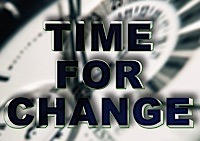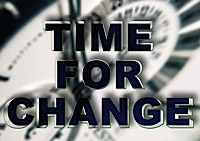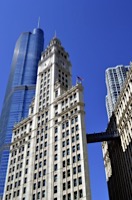
The Great American Novel—it’s a familiar phrase. It probably even rings a bell for people who’ve never read any "masterpieces" of American fiction. But what novel is the Great American one?
Lawrence Buell won’t say, and good for him. Answering the question would miss the point of asking it. The nation’s literary community, Buell writes, has never actually wanted to find its "single once-and-for-all supernovel." Instead, the Great American Novel should be thought of as "a horizon to be grasped after, approximated, but never reached, a game that writers, readers, publishers all want to keep on playing." It’s an occasion for conversation, not a title for bestowing.
Image Courtesy of digitalart / FreeDigitalPhotos.net









 Everyone is trying to create the next Silicon Valley.”
Everyone is trying to create the next Silicon Valley.”










